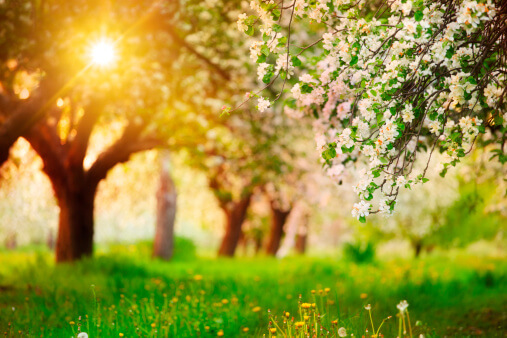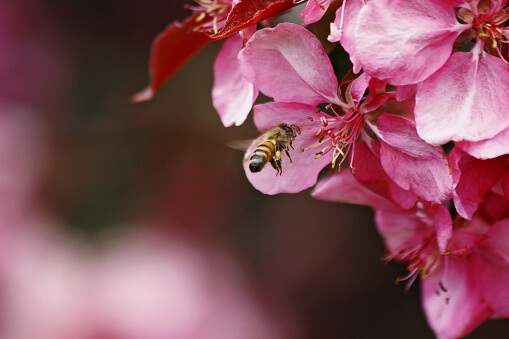
MARCH:
THE APPLE ORCHARDS OF INDIANA
This partnership between farmers, beekeepers, and honey bees exemplifies the best of modern agriculture. Commercial colonies offer an irreplaceable service to farmers in exchange for access to pollen. Even within agriculture, this unique relationship between humanity and insects is something to behold.


